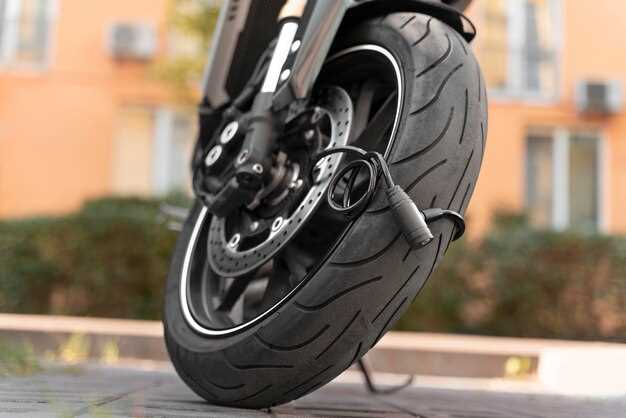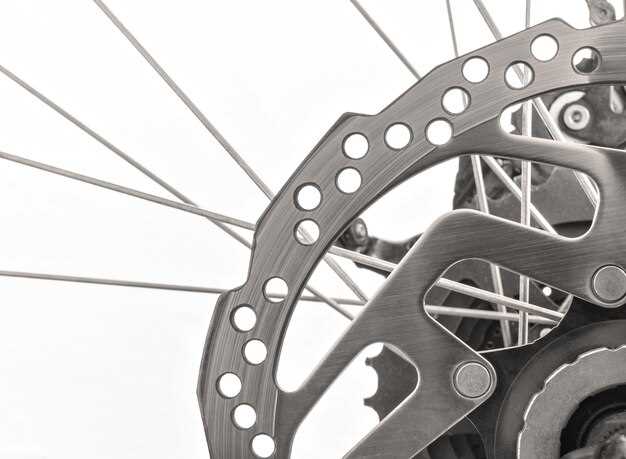
For lightweight cyclists, achieving an optimal riding experience involves more than just selecting the right bike; it requires a meticulous approach to suspension systems. Unlike heavier cyclists who may benefit from standard suspension setups, lighter riders often face challenges with bike stability, responsiveness, and overall performance. Upgrading suspension components can significantly enhance how a lightweight cyclist interacts with diverse terrains, providing improved comfort, control, and efficiency.
In this article, we will explore specialized suspension upgrades designed to meet the unique needs of lightweight cyclists. We will discuss the implications of weight on suspension performance and delve into the benefits of various suspension technologies, including air shocks and coil springs. By tailoring choices based on body weight and riding style, lightweight cyclists can unlock a new level of performance that transforms their riding experience.
Understanding the nuances of suspension tuning is critical for lightweight riders. The right enhancements can lead to better traction, reduced fatigue, and heightened confidence on technical trails. Join us as we break down the essential factors to consider when upgrading your bike’s suspension, ensuring that your setup is both efficient and perfectly aligned with your lightweight frame.
Choosing the Right Suspension Type for Your Weight Class
Selecting the appropriate suspension type for lightweight cyclists is crucial to achieving optimal performance and comfort. The right suspension can enhance control and responsiveness while minimizing fatigue on long rides. Lightweight riders typically weigh less than the average cyclist, which impacts the suspension’s compression and rebound characteristics.
For lightweight cyclists, a softer suspension setup is often more beneficial. Air suspension tends to be favored due to its adjustable nature, allowing for fine-tuning based on weight. The lower overall weight allows the suspension to use less air pressure, resulting in a plush ride that absorbs bumps effectively.
Another option is coil suspension, which offers consistent performance in varying conditions. However, coil systems can be less adjustable compared to air setups. It is essential to select a coil spring with a lower spring rate, specifically designed for lighter weights, ensuring that it compresses adequately under minimal force.
Additionally, the suspension travel length can greatly influence performance. Lightweight cyclists may benefit from shorter travel, as it allows for more efficient power transfer and responsiveness, especially on climbs. A setup with around 100-120 mm of travel is generally suitable for cross-country riding and should provide a balanced feel without excessive weight.
Adjustability is a critical feature to consider, especially for those who ride under various conditions. Look for suspensions with features like volume spacers and rebound adjustments. These enable fine-tuning of the suspension characteristics based on terrain and riding style, maximizing performance while maintaining comfort.
Ultimately, experimenting with different suspension types and configurations is the best method to determine what works best for individual weight classes. Establishing a baseline setup and making incremental adjustments can lead to substantial improvements in ride quality and overall experience.
Adjusting Suspension Settings for Optimal Performance

For lightweight cyclists, optimizing suspension settings is crucial for achieving the best performance on varied terrains. The initial step involves adjusting the sag, which refers to how much the suspension compresses under the rider’s weight. Lightweight riders typically need a sag percentage ranging between 25% to 30% of their total shock travel for optimal balance and responsiveness.
Next, fine-tuning the rebound damping is essential to control how quickly the suspension returns after compression. Lightweight cyclists should consider a slightly faster rebound to prevent a sluggish feel during rebounds, allowing the bike to remain engaged while navigating rough trails. Adjusting the rebound settings can create a more responsive ride, enhancing control and stability.
Compression settings also require attention. Lightweight riders may benefit from lower compression damping to allow the suspension to absorb bumps effectively. This adjustment helps maintain traction on uneven surfaces while providing a smoother ride. Experimenting with settings on different terrains will help cyclists find the ideal balance between comfort and performance.
Finally, regular testing and adjustments are necessary as riding conditions change. Tracks, weather, and riding style can impact suspension performance. Periodically reevaluating settings ensures that the bike remains tailored to the rider’s specific needs and preferences. By diligently adjusting these parameters, lightweight cyclists can enhance their riding experience, improve handling, and maximize efficiency.
Component Recommendations for Lightweight Cyclist Upgrades

When considering suspension upgrades for lightweight cyclists, selecting the right components is vital to enhance performance and comfort without adding unnecessary weight. Below are the recommended components that cater specifically to this group:
- Shock Absorbers:
- Fox Float DPS: Known for its lightweight design and versatile tuning options, this shock offers excellent performance for cross-country and trail riding.
- RockShox Monarch RT3: A compact and lightweight option, ideal for maintaining pedaling efficiency and providing a plush ride over rough terrain.
- Forks:
- Fox 32 Float: Exceptionally lightweight and stiff, this fork is perfect for lightweight cyclists seeking responsive handling.
- RockShox SID RL: A performance-oriented fork that offers superb damping capabilities while keeping the overall weight low.
- Dropper Posts:
- Reverb Stealth: A top choice for those needing adjustable seat height without compromising weight, thanks to its lightweight construction.
- Bontrager Line Elite: This dropper post combines durability with a low weight, ideal for lightweight setups.
- Cranksets:
- SRAM XX1: Lightweight and stiffness, the XX1 strengthens pedaling efficiency, making it suitable for both climbing and descending.
- Shimano XTR: Renowned for its durability and minimal weight, the XTR crankset is an optimal upgrade for cross-country cyclists.
- Wheels:
- DT Swiss XRC 1200: A carbon wheelset that provides excellent responsiveness while being remarkably lightweight.
- Stan’s NoTubes Arch CB7: A strong yet light option that balances performance with reduced weight, suited for varied terrain.
When choosing components, consider the balance between weight savings and durability. Opting for high-quality materials will ensure that the upgrades are effective without compromising performance or safety. Each recommendation above is tailored to deliver optimal results for lightweight cyclists, enhancing their riding experience on various trails.

